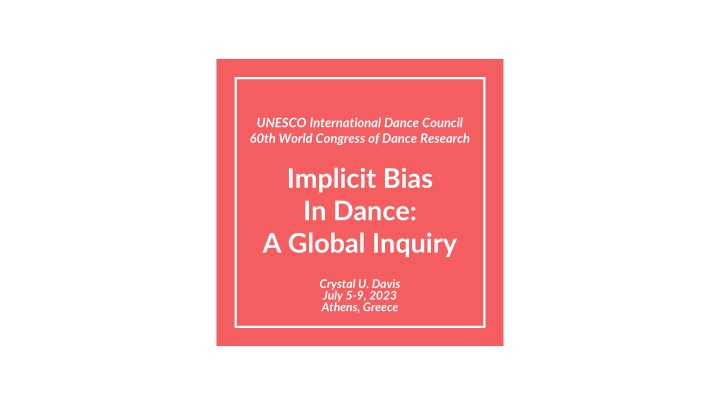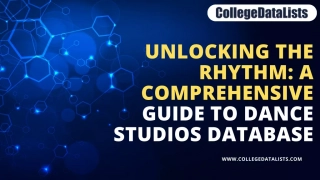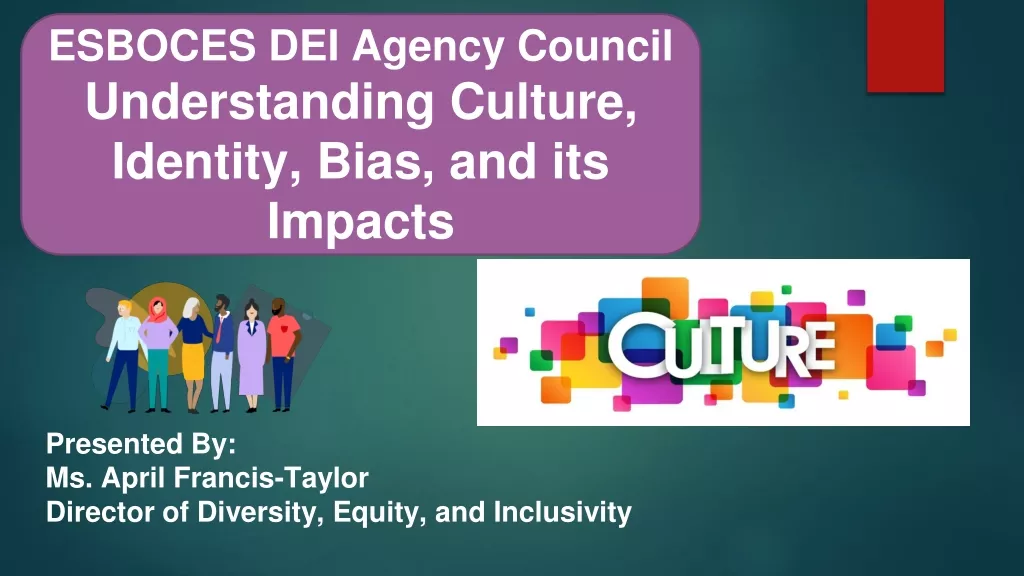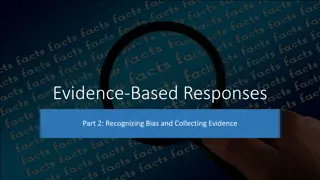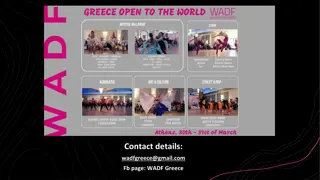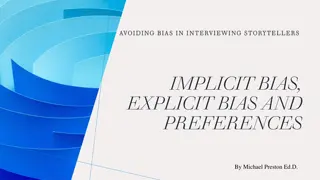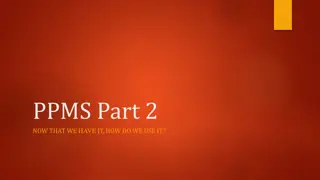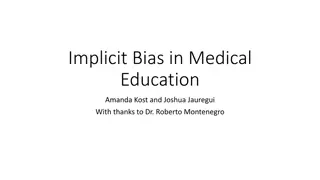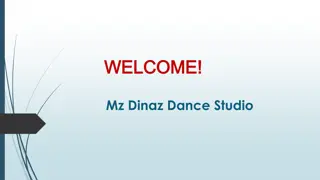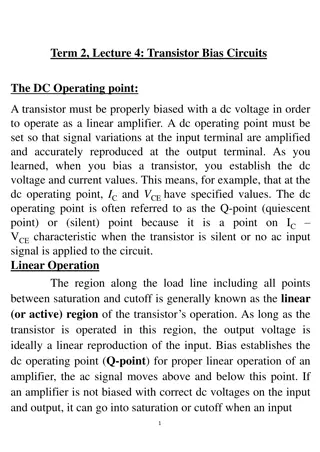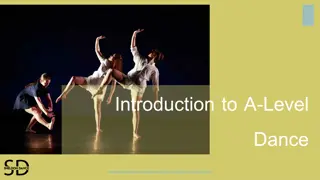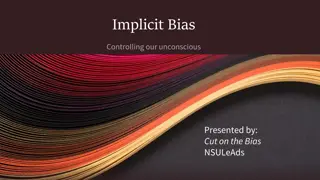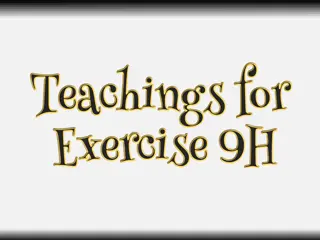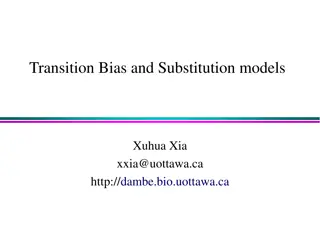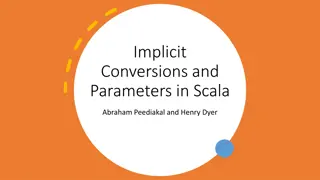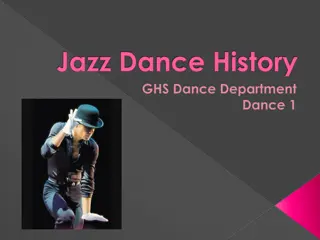Implicit Bias in Dance: Exploring Unconscious Beliefs and Behaviors
Explore implicit bias in the context of dance research through the lens of unconscious beliefs affecting judgments, behaviors, and social interactions. The discussion delves into the impact of implicit cognition on various aspects like self-esteem, social judgment, decision-making, and prejudice, highlighting the need for understanding and addressing hidden biases in the dance community.
Download Presentation

Please find below an Image/Link to download the presentation.
The content on the website is provided AS IS for your information and personal use only. It may not be sold, licensed, or shared on other websites without obtaining consent from the author.If you encounter any issues during the download, it is possible that the publisher has removed the file from their server.
You are allowed to download the files provided on this website for personal or commercial use, subject to the condition that they are used lawfully. All files are the property of their respective owners.
The content on the website is provided AS IS for your information and personal use only. It may not be sold, licensed, or shared on other websites without obtaining consent from the author.
E N D
Presentation Transcript
UNESCO International Dance Council 60th World Congress of Dance Research Implicit Bias In Dance: A Global Inquiry Crystal U. Davis July 5-9, 2023 Athens, Greece
Introduction: Sharing your biases
Implicit Bias: A Breakdown Implicit social cognition refers to the unconscious, automatic, or implicit processes that underlie judgements and social behavior. It is a broad area of study that affects self- esteem, concepts of self, social judgement, social cognitive development, goal pursuit, romantic relationships, decision making, prejudice, stereotyping, and social justice. Implicit memory recollections of past experiences influence later performance with no recognition of the past experience and its effect on that later performance. Implicit attitude evaluative associations or characterizations a person holds toward a person or group of people based on past experiences that inform or affect future behavior. Implicit bias a like, dislike, or association that a person does not consciously know they have and cannot articulate. (Crystal U. Davis, 2022)
Our U.S. Water: In-group/Out-group Orientation How have we come to know these in-group/out-group categories? Poor Wealthy Tall Short Gender binary Gender fluidity/continuum Colonial Cultures Indigenous Cultures Citizen Non-citizen Abled Disabled Thick-bodied Thin-bodied Brain/Intellect/Ideas Body/Behavior/Action
AESTHETICS KNOWLEDGE OBSERVATION O.A.K.
Manifestations of Bias Gatekeeping Words Standards Favors Perception Evaluations
So whats the good news? Neural Plasticity research has determined that our brains are far more able to alter or influence these unconscious beliefs than previously thought. (Eberhardt, 2019)
Feeders of Bias Negative Effects Generative Effects Socialization of insider/outsider orientation Socialization of unique aspects of cultural belonging Unaware of bias Allowing subconscious to guide creativity Shame and cognitive dissonance Vulnerability of Moving/Creating with self- critique Lack of criteria or standards Avoid comparing or creating to meet external or predetermined expectations Unintended benefits for maintaining bias Sharing your dances in the context of money, significance, exposure, or status Mental distraction Moving from a complex overlay of elements
Approaches to Bias Out-group members: Be consistent in articulating and embodying your perspective in in-group dance interactions. Name culturally-specific creative choices, teaching practices, approaches to community as the culturally-specific requirements of the dance form. In-group members: Be mindful of when you are missapplying your perspective in out-group dance interactions (ex. Bodies, cultures, dance forms, knowledge systems, organizational systems). Your perspective is not universal, but rather the perspective that carries power and privilege.
Change the Frame: Remembering Maxine Greene s Work When working in a creative process context outside of your cultural form: 1) You are the outsider-guest. Conduct yourself as such. 2) Your opinions and perspectives are not central. 3) Your perspective is not True. 4) Frame your discoveries as dialogue, not the final word. 5) Are you teaching/responding to what is or what could be? - Orient your classroom to human connection as potential for re-imagining the world as a goal rather than only speaking to the status quo..
Approaches to Disrupting Implicit Bias Quantitative: Track the numbers Qualitative: Track the social in-groups and out-groups (intersecting historical, cultural, systemic, and interpersonal) Embodied: Establish ongoing sites to practice, reflect, and continue unpacking biases
Example Reflection Questions Epistemology How do you establish balance between 1) standards in your field of study or in the culture of study, 2) personal dance preferences, and 3) the knowledge that dancers enter dance class with? What are possible ways to include and distinguish when you are communicating an example or piece of knowledge from the field, from a personal/cultural preference, or an opportunity for dancers to articulate their knowledge? Aesthetics Observation What are your goals for aesthetic clarity/consistency? How do you track those in a dance setting? How do you balance 1) industry/field standards, 2) personal or cultural preferences, and 3) dancer/student clarity of creative concept in your classes? What are some ways to track bias in observation in order to make it visible for ourselves? What are ways we can disrupt our biases once we have brought them into our conscious mind? How can we help colleagues of a different background understand the biases of the genres they do not center? Who is your support community to help you see, articulate or track your bias?
Observation Activity! Weblink: https://youtu.be/iiEzf3J4iFk
Group Share-out & Questions Resources Link: https://docs.google.com/document/d/1-jFXg8J03VMljXtK1WZGAuj2Ro0GUVEYgNlFmWU4h6U/edit?usp=sharing Where to start: Take the Implicit Association Tests https://implicit.harvard.edu/implicit/takeatest.html Dance and Belonging: Implicit Bias and Inclusion in Dance Education https://mcfarlandbooks.com/product/dance-and-belonging/ Please share any additional feedback at cudavis@umd.edu. Thank you!
